Bass
note layout and range
This group of pans has the lowest range of notes in the steelpan family. They are also the largest of all the instruments.
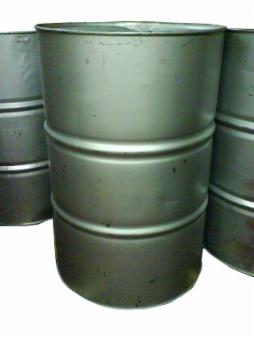

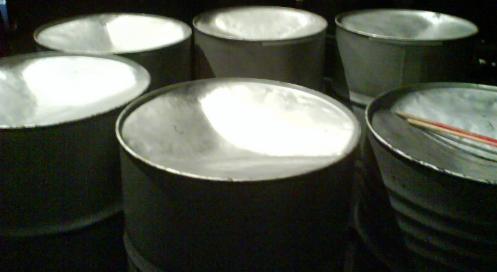
The bass pans are known for their repetitive, rhythmic patterns. They are also known to produce melodies or counter melodies in competition arrangements.
They are generally painted, but on rare occasions you may see them chrome plated. The pans are full length and set up in a circle or inverted U shape. There are many note variations for each type of bass.
Tenor Bass
A total of 4 pans with approximately 24 notes. These pans are approximately two thirds of the bass pans in length. The tenor bass is similar to the quadrophinic in its note configuration.
They are suspended on stands, similar to the other instruments in the steelpan family.
Five Bass
Also known as high bass. Lowest note is usually C.
Six Bass
Also known as low bass, has 18 notes in total. The lowest note is usually A below the C of the five bass.
The notes are designed so that the notes on each pan are either a fourth or a fifth apart. This configuration also helps the tuner as the interval aids tuning.
Seven Bass
The seven bass is an extension of the six bass. The clarity of notes on this bass is much better than the six bass.
Nine Bass
27 notes in total. Three of the drums are hung at an angle in the front of the player.
Twelve Bass
36 notes in total. 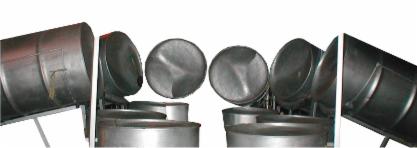
The bass pans are raised off the ground by either wooden blocks, pieces of rubber or metal stands.
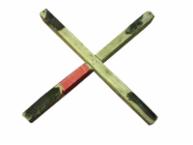
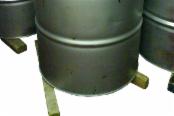

The sticks used to play them have a rubber ball on the end.